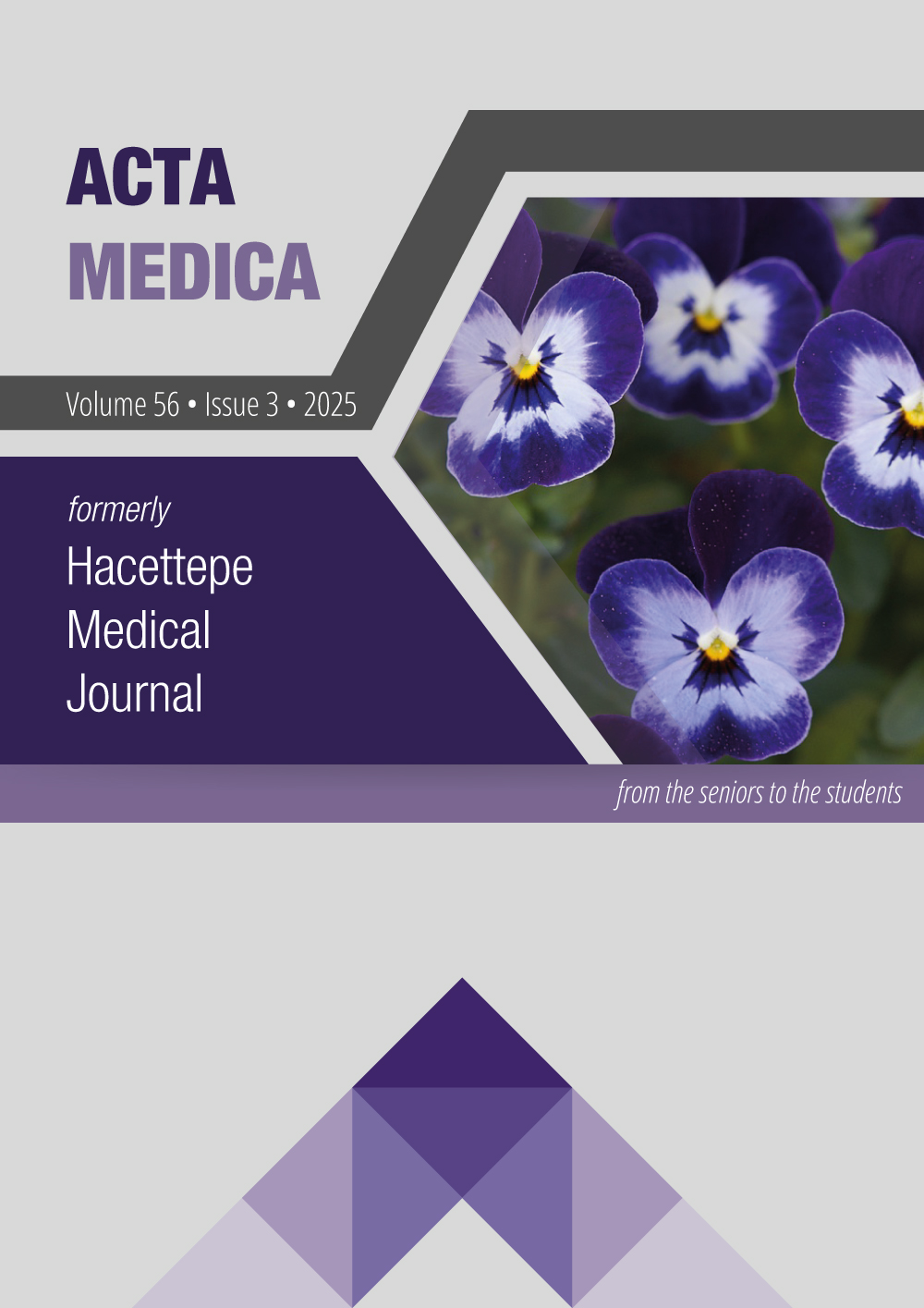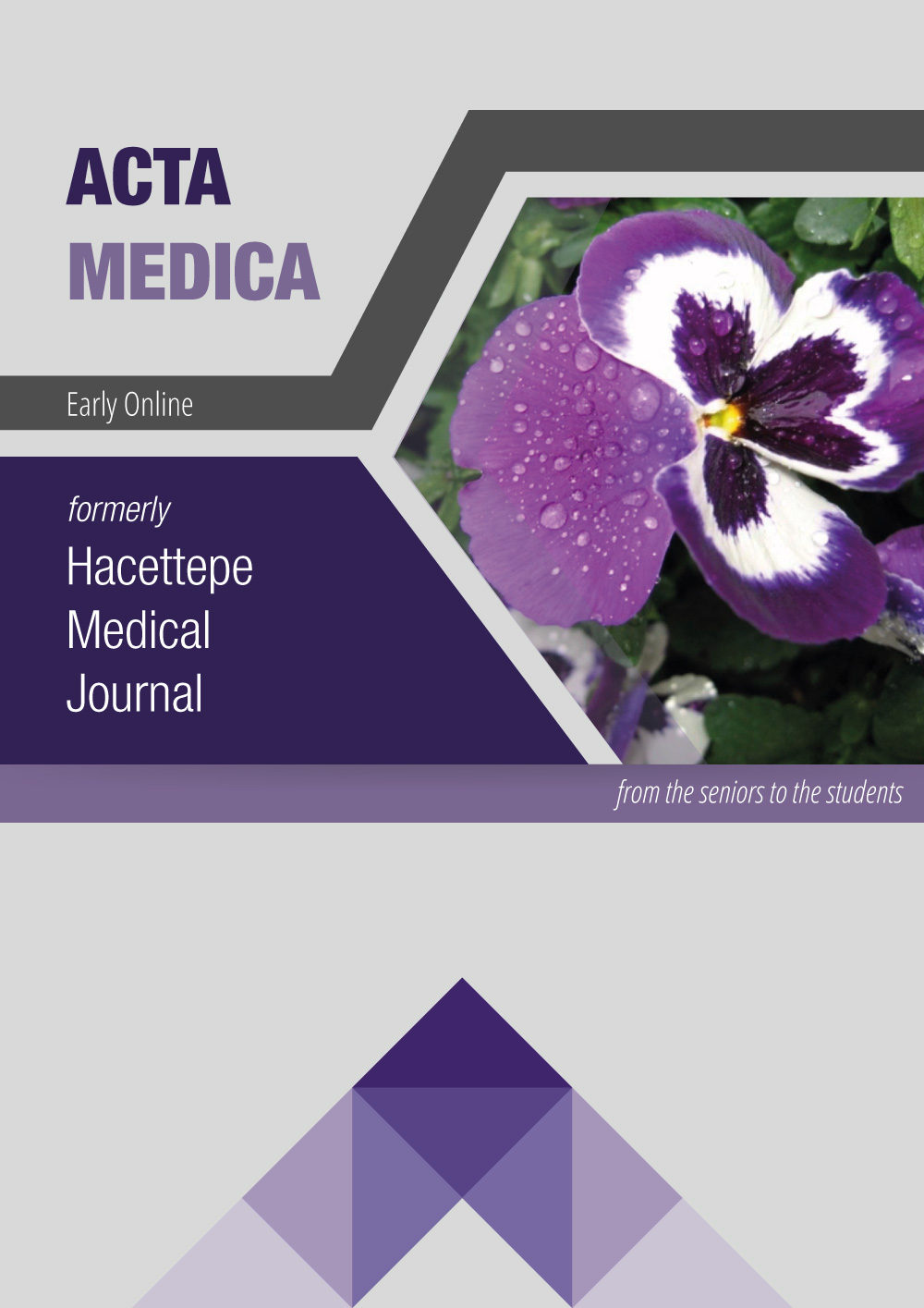The lactate dehydrogenase-to-albumin ratio is a prognostic biomarker in extensive-stage small-cell lung cancer
DOI:
https://doi.org/10.32552/2025.ActaMedica.1159Keywords:
lactate dehydrogenase, albumin, LAR, small-cell lung cancer, prognosis, survival, biomarkerAbstract
Background: The lactate dehydrogenase-to-albumin ratio (LAR) is a promising prognostic marker in various malignancies. However, its clinical relevance in extensive-disease small-cell lung cancer (ED-SCLC) remains unclear.
Methods: We analyzed a total of 221 patients diagnosed with ED-SCLC between January 2008 and December 2021. Patients without treatment response data (n=8), those who did not receive systemic therapy (n=37), and those who lacked baseline LDH values (n=48) were excluded. The LAR was calculated by dividing baseline serum LDH (U/L) by albumin (g/L) and, using ROC analysis, the optimal cut-off level was determined to be 5.71 (sensitivity: 81.5%, specificity: 77.8%). Kaplan–Meier and Cox regression analyses were used to evaluate both progression-free (PFS) and overall survival (OS).
Results: A total of 128 patients diagnosed with ED-SCLC were included in our analysis. Patients with an LAR ≥5.71 had significantly shorter median OS (8.1 vs. 20.2 months, p<0.001) and PFS (5.9 vs. 9.4 months, p=0.003) compared to those with an LAR <5.71. In multivariate analysis, a high LAR was an independent predictor of a shorter OS (HR: 3.60; 95% CI: 1.35–9.60; p=0.010) and had a strong association with a shorter PFS (HR: 2.61; 95% CI: 0.95–7.14; p=0.063).
Conclusion: The LAR is a simple, cost-effective, and independent prognostic biomarker in patients with ED-SCLC. It could assist in risk stratification and guide treatment decisions in clinical practice.
Downloads
Downloads
Published
How to Cite
Issue
Section
License
Copyright (c) 2025 Acta Medica

This work is licensed under a Creative Commons Attribution-NonCommercial-NoDerivatives 4.0 International License.


